Taxi Driver: A Psychopath’s Story or a Teenage Riot?
Much has been written about Taxi Driver M. Scorsese, and all critics are unanimous that the film is a masterpiece, that De Niro played brilliantly, and that there is no more powerful and talented film with a neo-noir atmosphere in the cinema of the 1970s. However, as soon as it comes to the personality of the protagonist, the harmonious chorus is replaced by a polyphony of opinions. Some critics consider Travis a typical psychopath, others are convinced that this is the story of a veteran who has not found himself in a peaceful life, and still others see the night taxi driver as another reincarnation of a “little man” in the American manner. Meanwhile, the answer to the question “Who is Travis?” very important: without him it is impossible to understand the meaning of the film.

Belated teenage riot
If Travis’ personality could be characterized unequivocally, Taxi Driver would not be a masterpiece. There is something elusive, twofold, vague and contradictory in this hero. For example, he is a veteran of the Vietnam War: this is emphasized not only by his insomnia and his ability to handle weapons, but also by his desire to resolve all issues by force. But at the same time, Travis is not tormented by memories, he does not seek meetings with other veterans, does not turn to this period of his life in any way, and one gets the impression that the war for him is a thing of the past. Or take the maniacal desire to “cleanse” society: it paradoxically coexists with the nightmarish unsanitary conditions in his apartment – for some reason Travis does not care about the real dirt.
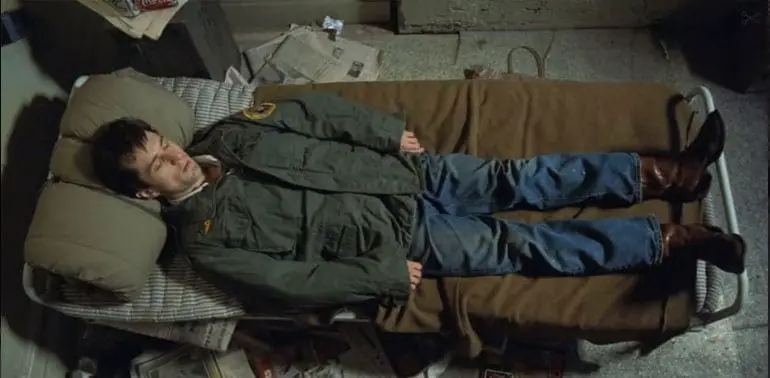
At the same time, several main features can be distinguished in the image of a night taxi driver. The first is suffering due to the poor quality of life (despite the fact that Travis earns normally). By and large, he is nobody, and nobody needs him in this world. The feeling of lack of demand torments Travis and generates a desire to “show everyone” what he really is. The second trait of De Niro’s hero is a deep social dissatisfaction, for which there is every reason: the night world in which he lives is indeed disgusting. And the third and most interesting one is personal and psychological immaturity.
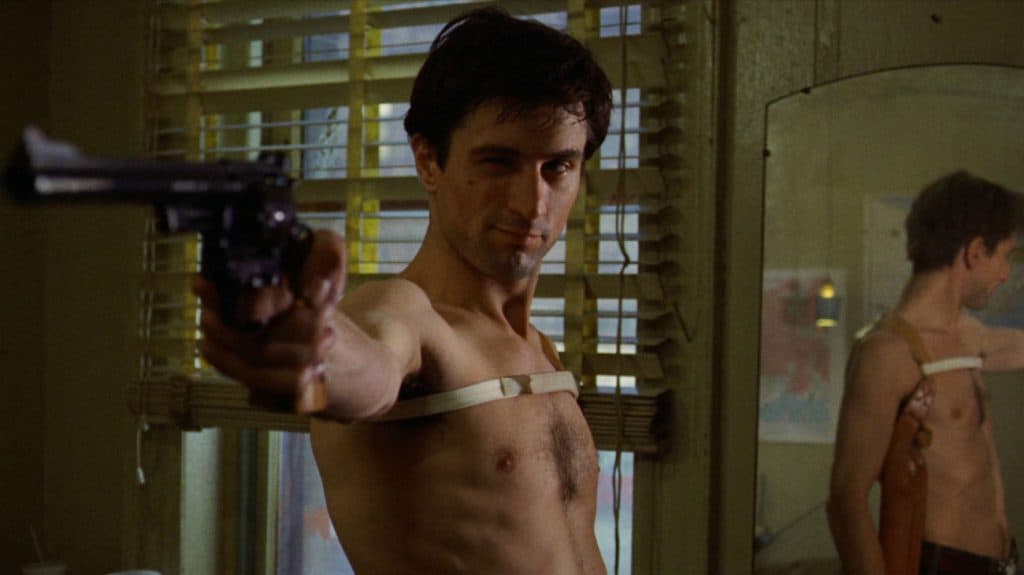
By and large, Travis never matured. As befits a teenager, he combines an interest in pornography with extreme idealism (the latter is manifested in the story with Iris, where Travis plays the role of Don Quixote), and everyday ineptitude with a penchant for fantasy. Like all teenagers, Travis is prone to radicalism, denial, opposing himself to society. And so that the audience has no doubts, he writes a letter full of fantasies to his parents and keeps a diary.
What’s the point of Travis’s diary?
The diary is a very convenient way to reveal the inner world of the hero, but Scorsese introduced his film not only for this. The diary emphasizes the complete, absolute loneliness of Travis, who has no one to talk heart to heart. His attempts to go beyond formal communication, the chatter of fellow taxi drivers “about nothing” inevitably end in failure. Even the smartest of them cannot understand Travis – and he does not fully understand himself.
What is the meaning of Betsy’s image?
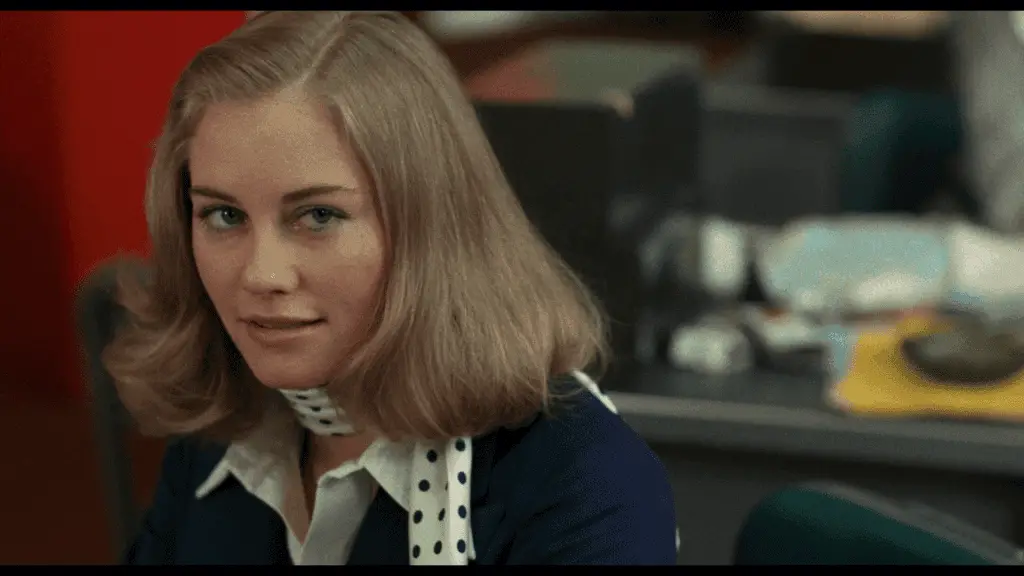
The beautiful and well-groomed girl Betsy, who works in the campaign headquarters of Senator Palantine, is the embodiment of everything Travis lacks: well-being, love, mental and physical comfort. Perhaps that is why Travis was so drawn to her, but the very first steps turn out to be a failure: it turns out that the social codes of Travis and Betsy do not match. Travis does not understand how to treat a girl, Betsy is repulsed by his ignorance and that simplicity, which is really worse than theft. The failure with Betsy makes it clear to the viewer that no matter how bad the world in which Travis lives is, the real source of his problems is not outside, but inside.
What is the meaning of Senator Palantine’s image?
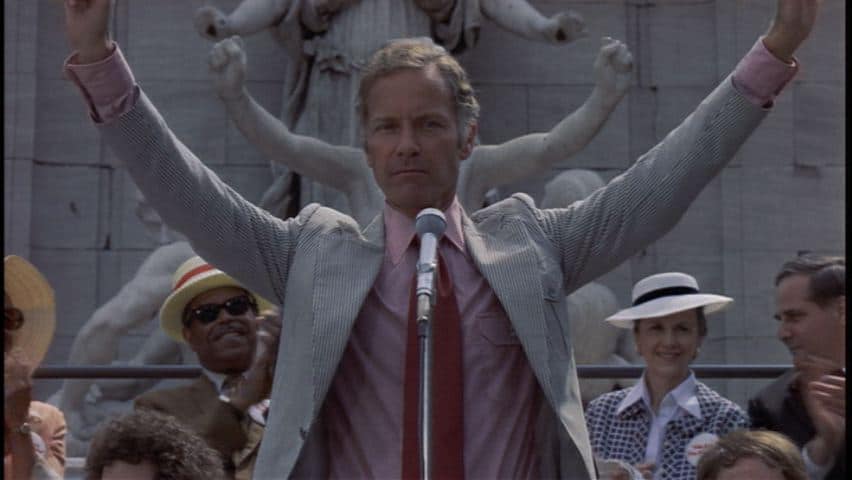
If the relationship of the hero with other characters in the film is quite understandable, then with Senator Travis goes a long way from sympathy to a desire to kill. At first, the eternal teenager just did not make an idol out of this person, and then, after making sure that Palantine is an ordinary politician-demagogue, he decides to murder. At the same time, it is likely that Travis does not feel much hatred for the Senator, but it is vital for him to prove to himself and those around him that he is capable of something more than dealing with a black robber. And at the same time, he attracts the attention of the guards in advance, as if doing everything to be noticed and the attempt did not take place.
What is the meaning of Iris’s image?
The story of the “rescue” of a 12-year-old prostitute is the most striking proof of Travis’s half-childish naivety and the failure of his crusade against evil. Iris does not understand him as much as she did not understand Betsy, and clearly does not want to be rescued. If, in the end, the girl still ended up at home, and did not die from a stray bullet, then this is more an accident than the merit of Travis.
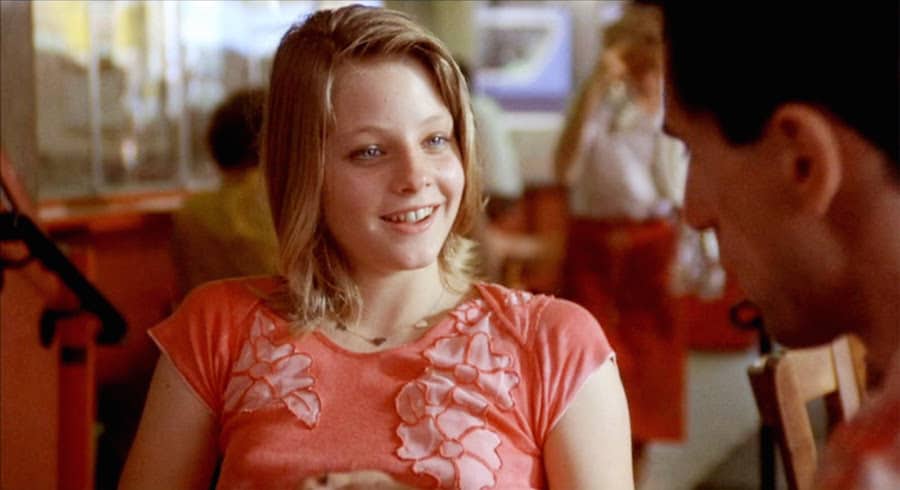
Why is Travis changing his hair?
A strange punk haircut marks the exit of the protagonist on the warpath (by the way, the Mohawk was originally worn by Indian warriors). There is also another opinion. Thus, the operator of the film M. Chapman, who considers “Taxi Driver” to be an urban legend about a werewolf, sees in the change of hairstyle an indication of the duality of the protagonist, from a little man turning into a bloody avenger.

Why is Travis staying alive?
From the first shots, the taxi driver gives the impression of a doomed person, and the gradually increasing degree of violence confirms this impression. It would seem that Travis’s death, either from the hand of a policeman or from the hand of a pimp, would be highly logical – but it does not happen. Death would turn history into a tragedy, and Travis into a true hero, but the director and screenwriter refuse him this pleasure.
What is the point of the last frames?
At the end of the film, everything returns to square one: Travis continues to spin the steering wheel of the taxi, colleagues chat about nothing further, Betsy is further in chocolate, and Palantine is in big politics. Except that Iris returned to her parents, but they wrote about Travis in the newspapers. Judging by the expression on his face, such an end to the “revolt against society” is more than satisfactory for him. And here we come to the answer to the question about the meaning of the film.

What is the meaning of “Taxi Driver”?
Like any great film, Taxi Driver has many layers of meaning, and every viewer can find something for himself in it. One of the most obvious ideas of the film is that it is impossible to escape from yourself, and if you want to change the world, try not to change, but at least understand yourself. Travis’s entire film rushes about in a vicious circle, not because American society is mired in vice and corruption – although there is some truth in this. This circle is outlined by his character, his inner problems and psychological immaturity, and therefore whoever he kills, he will end up in his usual place.
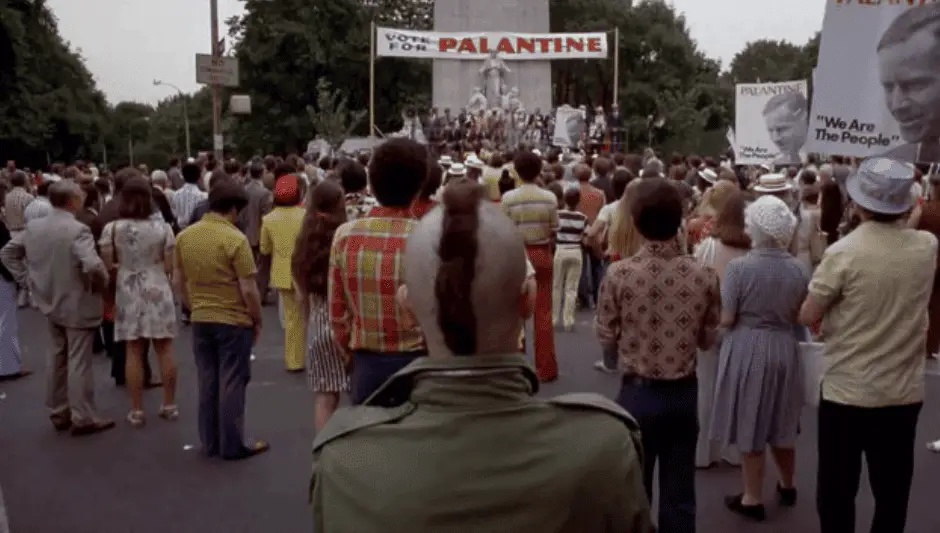
Interesting Facts
Now “Taxi Driver” is a recognized classic of cinema, but at first the opinion about him was not so unambiguous. The famous playwright T. Williams found the film disgusting, and when Taxi Driver received the Palme d’Or in Cannes in 1976, half of the audience applauded wildly, and half whistled and stamped their feet.
In 1981, critics of the film received an additional argument: after watching Taxi Driver and falling in love with Jodie Foster, who played Iris, a young American named John Hinckley made an attempt on President Reagan’s life. So he hoped to get Foster’s attention. The investigation found out that Hinckley was mentally ill.
Subsequently, the screenwriter of the film P. Schroeder admitted that he partly copied the image of the protagonist from himself. There was a period in his life when he did not have a job, did not speak to anyone for a month, spent the night in the cinema, where they showed porn films, drank and fantasized. When Schroeder was admitted to the hospital with an ulcer, a strange image arose in his head: “A kind of metal coffin with a guy inside is driving around the city.” This image impressed Schroeder so much that, after leaving the hospital, he wrote the script in two weeks. “I realized that if I don’t write about this hero, then I myself will turn into him (if I have not already turned).”
In the future, everything worked out well for Schroeder. Does this mean that Travis also has a chance? Hardly: unless he managed to grow up and understand how the world works, but the viewer will no longer know about it







